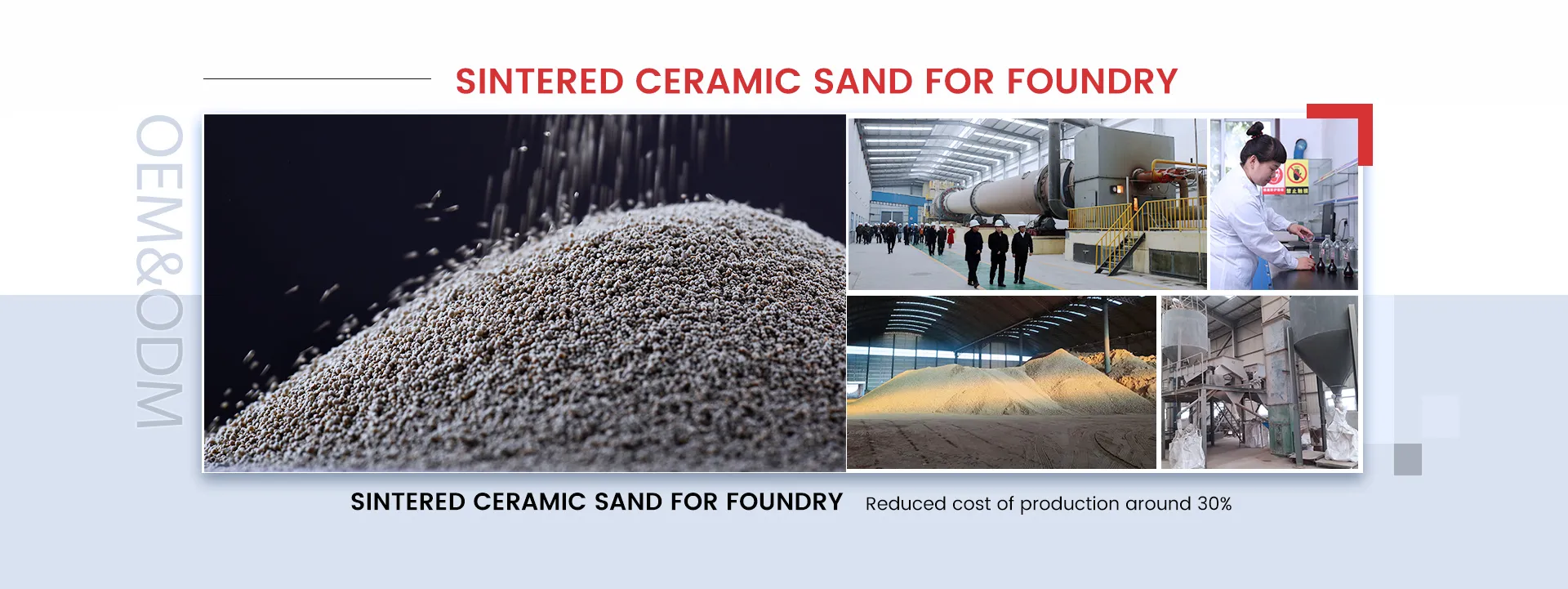Understanding Cast Iron Sanding Techniques and Tips
Cast iron, known for its durability and excellent heat retention properties, is a popular material in various applications, from cookware to industrial machinery. However, when it comes to finishing cast iron pieces, sanding plays a crucial role in achieving a smooth and functional surface. This article explores the intricacies of cast iron sanding, its importance, techniques involved, and tips for effective results.
The Importance of Sanding Cast Iron
Sanding cast iron is essential for several reasons. First and foremost, it helps remove rough spots and imperfections that may have occurred during the casting process. A smooth surface not only enhances the aesthetic appeal of the piece but also improves its functionality. For instance, in cookware, a smoother surface ensures better heat distribution and prevents food from sticking.
Additionally, sanding can be crucial before applying protective coatings, such as seasoning for cast iron pans. A well-prepared surface allows for better adhesion of oils or other finishes, which in turn increases the longevity of the piece.
Techniques for Sanding Cast Iron
1. Choosing the Right Tools The first step in sanding cast iron is selecting the appropriate tools. Sandpaper with varying grits is essential—from coarse (around 60-80 grit) for initial shaping to finer grits (up to 220 grit) for finishing. For larger areas, a power sander can save time and effort. However, for detailed work or intricate designs, manual sanding might be preferable.
cast iron sanding

2. Preparation Before starting the sanding process, it’s vital to clean the cast iron piece thoroughly. Remove any dirt, grease, or old coatings by scrubbing the surface with a wire brush and soapy water. Once dry, inspect the piece for any significant flaws that might require more attention.
3. Sanding Technique Begin sanding with the coarser grit sandpaper. Use even, consistent strokes, following the grain of the cast iron where applicable. For rounded or detailed areas, a sanding sponge or a smaller piece of sandpaper may be more effective. Gradually switch to finer grits, ensuring that any scratches from the previous grit are eliminated.
4. Cool Down When sanding, cast iron can heat up due to friction. It's essential to take breaks to inspect your progress and prevent overheating, which can warp the metal.
5. Final Touches After sanding is complete, wipe down the surface with a clean cloth to remove any debris. If you plan to season the item, apply a thin layer of cooking oil and bake it in the oven to create a non-stick surface.
Tips for Effective Sanding
- Always wear a dust mask and safety goggles to protect yourself from fine particles. - Work in a well-ventilated area to minimize inhalation of dust. - Be patient; rushing the process can lead to uneven surfaces. - Test your sanding technique on a small area first to gauge effectiveness.
In conclusion, sanding cast iron is a critical step in ensuring quality and performance in your cast iron pieces, whether for cooking, decorating, or functional uses. With the right techniques and tools, you can achieve a beautifully smooth surface that enhances both the appearance and durability of your cast iron items. Embracing this process will not only improve your projects but also increase your appreciation for the craftsmanship involved in working with cast iron.
Post time:ئیلول . 05, 2024 21:46
Next:3D Printer Sand - Innovative Solutions for Your Printing Needs
